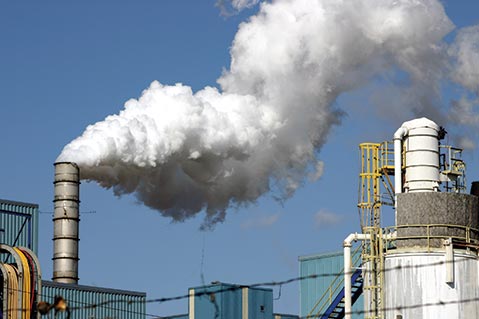Green Your Crib: The Cost of Carbon

Implementing the Paris Climate Agreement necessitates putting a price on carbon as broadly across the globe as possible. Carbon pricing comes in two forms: a direct tax/fee on carbon or a cap on emissions. Around the world, 38 nations are engaged in some form of carbon pricing, as well as several states.
British Columbia, California, Quebec, and nine northeastern states are also experimenting with various forms of carbon pricing. British Columbia started taxing emissions in 2008 with an essentially revenue-neutral program. Its tax today stands at $30 Canadian per ton of carbon emitted. Energy prices have increased in the province, but personal and corporate taxes have decreased. The tax has cut greenhouse-gas emissions by a remarkable 17 percent yet has not had a negative impact on the province’s economic growth rate; actually, its economy has grown slightly faster than the country’s as a whole. Every year the fee increases by $5 Canadian, thereby tipping the balance a little more each year in favor of renewables.
By comparison, emission permits under California and Quebec’s coordinated cap-and-trade system are selling at about $13 a ton, and California’s economic growth rate has been one of the highest in the country. Their emission’s cap will steadily decrease over time as will the available number of permits, thus making the tradable permits (authorization to emit carbon) increasingly more costly.
Of the two approaches, the carbon fee model is simpler and applied directly to carbon-based fuels at the source: mine, wellhead, or port of entry. It does not require a large government bureaucracy for regulation and enforcement. The price of most goods and services will increase, but if the collected fees are paid out to every citizen on an equal basis, as proposed, 70 percent of people would experience a net financial gain, employment would increase, and the economy would strengthen.
Corporations generally favor cap-and-trade, perhaps because they can more easily influence it to their advantage, even though it is more complex, less equitable, and essentially a tax. In California, the collected funds are used for mass transit, energy efficiency, development of renewables, and aid to help low-income families cope with higher energy costs.
To be truly effective, broad global application of a price on carbon is essential. Encouragingly, last year China committed to setting up a national cap-and-trade system. All the existing experiments, albeit recent, are providing the experience of what works, or doesn’t, for the rest of the world. But to rapidly transition the planet to clean energy, a few economists have calculated that the price of carbon needs to be $60-$80 per ton. Much work remains to be done to make a carbon price universal and high enough to propel us to worldwide clean energy.



